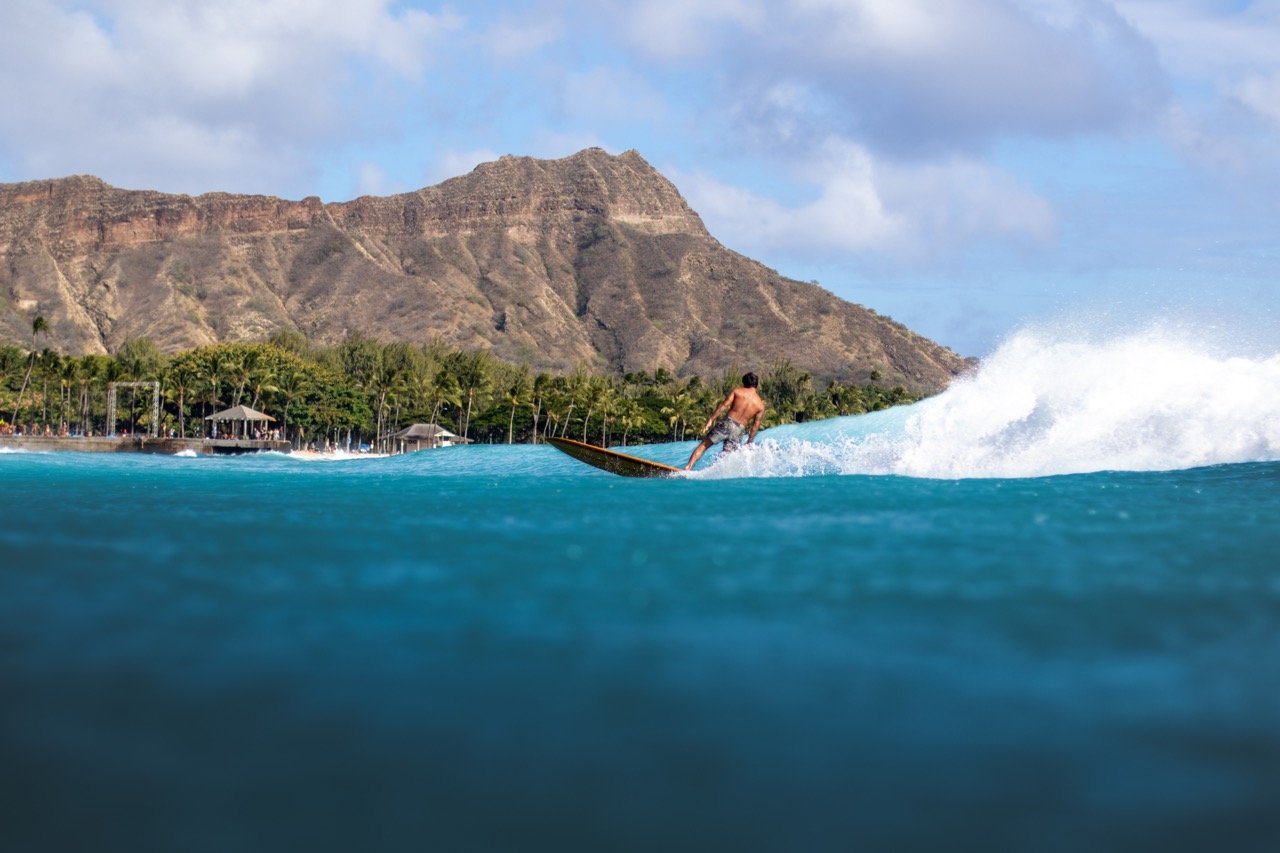Introduction
Aloha and welcome to a visual odyssey through the history of surf photography in Waikiki, where we'll also shine a spotlight on the remarkable contributions of Tommy Pierucki. Known for its majestic waves and vibrant surf culture, Waikiki has long been a canvas for photographers. Let's dive into the evolution of this art form and explore how Tommy Pierucki is leaving his mark in this picturesque Hawaiian paradise.
The Dawn of Surf Photography
The story of surf photography in Waikiki begins in the early 20th century. Early photographers, armed with basic equipment, captured the essence of surfing in its rawest form. These black-and-white images were more than just photographs; they were the first chapters in the visual storytelling of surfing.
The Evolution Through the 20th Century
As the decades rolled by, surf photography blossomed, particularly in the mid-20th century. The advent of color film brought new life to the images, capturing the azure blues of the ocean and the vibrant surf culture. Waikiki, with its legendary waves and scenic landscapes, became a hotspot for surf photographers, drawing artists from around the globe.
“The King of Queens” - Arthur “Toots” Anchinges as captured by Tommy Pierucki.
Tommy Pierucki: A Modern-Day Maestro
Enter Tommy Pierucki, a contemporary force in the world of surf photography. Tommy’s work stands out for its vivid portrayal of Waikiki's surf scene. With a keen eye for detail and a deep understanding of the sport, Tommy captures not just the action, but the emotion and energy of the surfing experience.
Tommy's Unique Approach
Tommy Pierucki’s approach to surf photography is a blend of technical skill and artistic vision. He excels in capturing the interplay of light, water, and human athleticism, creating images that resonate with both surf enthusiasts and photography lovers. His work not only reflects the current state of surf culture in Waikiki but also pushes the boundaries of the art form.
The Impact of Technology
The digital era has revolutionized surf photography, and Tommy has been at the forefront of this transformation. Utilizing advanced techniques and equipment, he has brought a new perspective to surf photography in Waikiki. His use of drones, underwater cameras, and innovative post-processing techniques have set new standards in the field.
Why Waikiki Remains a Photographic Muse
Waikiki's enduring appeal as a surf photography destination is undeniable. Its consistent waves and picturesque settings continue to attract photographers. For Tommy Pierucki, Waikiki is not just a location but a source of endless inspiration, where each wave and surfer tells a unique story.
Conclusion: Capturing the Soul of Surfing
The journey through the history of surf photography in Waikiki, highlighted by Tommy Pierucki’s contributions, is a testament to the evolving relationship between the photographer, the ocean, and the surfer. Tommy's work continues to capture the soul of surfing in Waikiki, adding vibrant chapters to the ongoing story of this captivating art form.
